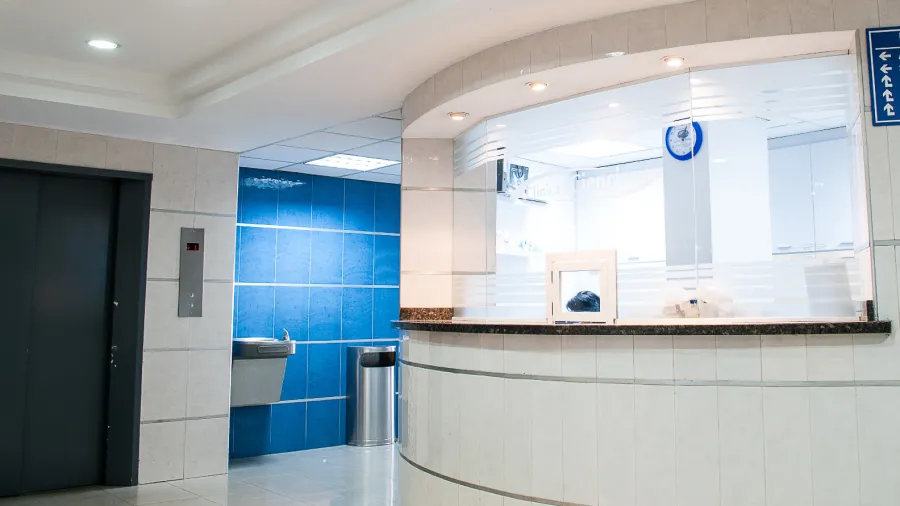
Healthcare real estate gains popularity among APAC investors
Life sciences and senior housing were the top non-traditional forms of real estate assets in 2022.
Healthcare-related properties like life sciences real estate and retirement homes saw a surge in investments last year and are likely to remain a popular choice among investors in Asia Pacific, according to a note by Schroders Capital.
Research and development (R&D) assets, mostly of life sciences real estate, emerged as APAC’s top alternative asset class last year with total investments of $4.3b, up 61% from the year prior. This was followed by the 43% jump in the senior housing market after $2.6b worth of aged care homes changed hands last year, the note said citing data from MSCI Real Capital Analytics.
Andrew Haskins, head of strategy and investor advisory for APAC real estate at Schroders, said the two healthcare-related sectors surpassed the data center sector – previously the top pick among investors for non-traditional asset class – and even defied the broad investment drop last year, when APAC’s overall alternative real estate deals fell 16%.
Despite being a niche market, Haskins expects healthcare-related properties will continue to gain traction in select markets over the near term as more investors turn to non-traditional asset types.
“Most alternative assets are increasing in popularity in APAC, including healthcare-related real estate, reflecting strong long-run growth prospects in the life sciences industry and demographic trends,” he said.
The growing demand for life sciences assets were mainly driven by long-term trends like aging population and advances in biotechnology. The properties in this segment, such as mixed-use laboratory and office buildings and light manufacturing facilities, are usually concentrated in well-defined clusters in specific cities.
Senior housing offering high-quality living solutions, medical care and amenities to retirees is also becoming a trend in certain markets especially in Hong Kong where there is a lack of aged care options, as well as Japan given its rapidly aging population.
“Precise solutions will vary by market, but in most cases this is a specialised sector that requires partnering with experts in the field of elderly and medical care,” he said.
Converting existing buildings to dedicated medical office buildings also presents a value-add opportunity for investors, though this entails development risk and the process is complicated but feasible for experienced fund managers, he noted.
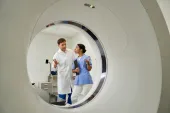

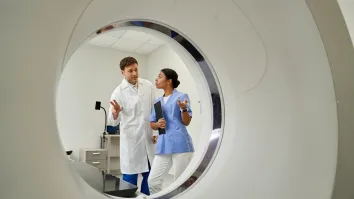
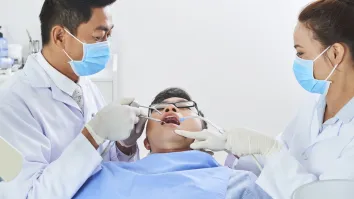













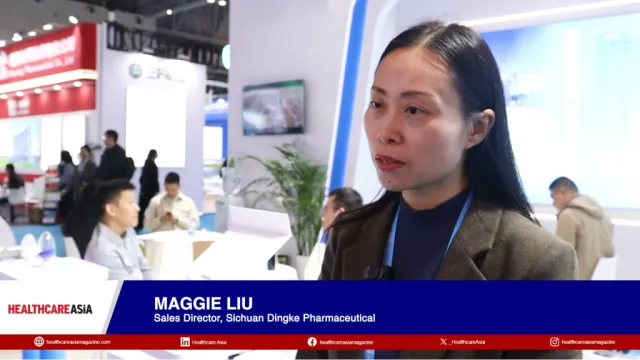

 Advertise
Advertise





